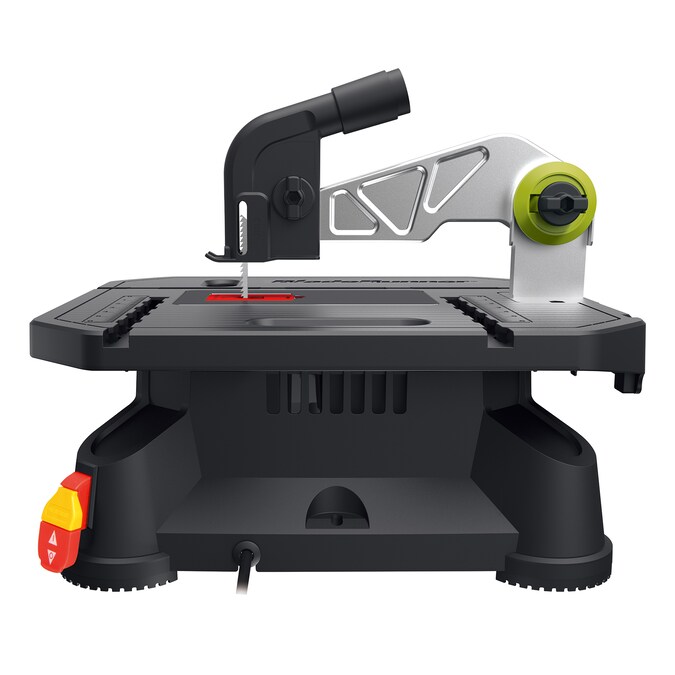The B’mann railtruck is approaching “done,” so it was time to turn to the next project. Kid-zilla has been asking for a crane car for about a year, and I need to up the complexity of our projects (to include mastering the straight saw cut!). I really enjoyed the custom look of our [cane cars], so Kid-zilla’s crane seemed like a logical progression. Even better, last year’s “Garden Trains Annual” had plans for a flat car, and I had plans for a very simple crane in my Garden Railway’s compendium CD. The plan is to build to the exacting standards of 1:24-ish PLAYMOBIL scale in hopes of getting something that looks like a crane car, is consistent with the world in which the Triple O operates, adds to the fun, and builds on our skills.
The first thing we did was to take measurements off an LGB low-side gondola and what I think is a LIONEL low-side gondola…
…with the logic being since these cars fit our tunnels and navigate our curves, the future crane car will as well. It also means that the finished product will be consistent with other rolling stock in terms of length and width.
The plans call for 9"x4" stringers, which are close enough to the sampl cars in above.
The wood on hand is 1/2" thick pine. This has worked for some of the kids’ freelanced cars over the last years as well as X Legio’s siege machinery. I am hoping it will scale up to a 12" long car! Assuming it does, I am dubious of my ability to rip it to about 1/4" thick to make the six stringers. Following our cane cars’ example, I may leave these as scale 12"x12" and reduce the stringers to four in total vice six per the plans. If not prototypical, it will be consistent.
Our next step was to insert wheels into the trucks I bought last year for the purpose.
The wheels are donors. They are gifts that keep on rolling!
We then got out a LIONEL gondoloa to see if these truck and wheels would be too big for these slightly smaller cars (I got three of these things for a couple bucks at swap meet last summer. All but two of the trucks shattered in my suitcase  .).
.).
A quick test run on the tracks showed that the wheels would rub under the deck on our curves and cause derailments. There would need to be a considerable bolster. An LGB size car would need that, too, but it might not look like a “monster truck” on a bigger frame. No clue. I guess we’ll know when this is done.
Table Saw has been mocking me from its lair for over a year, staring malevolently at me as it idles away on the shelf. Time permitting, my nemesis and I will do battle next week…
Eric





















